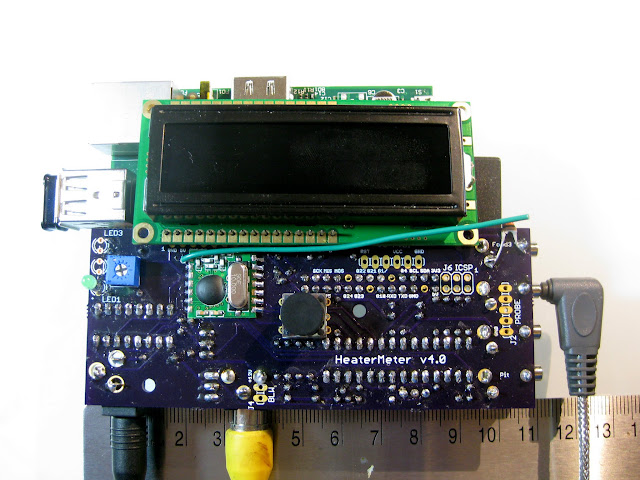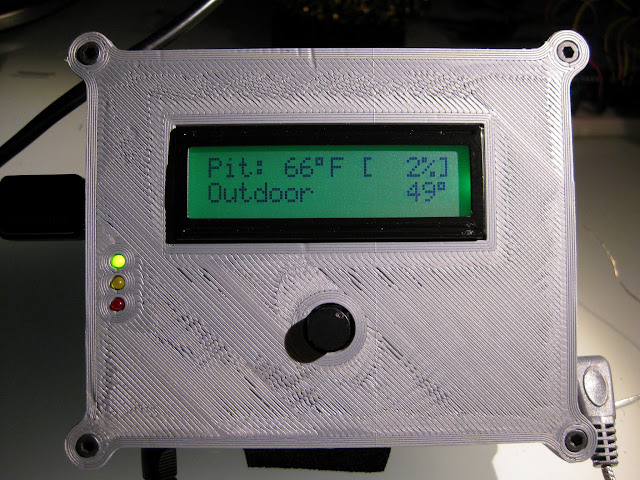Greetings all,
I'm interested in building a "controller" for my brewing and fermentation, but would also like to use it for smoking. I don't need anything too fancy such as web monitoring or controlling 30 valves. I basically would use it to monitor 3-5 temps and control 3-5 relays/SSRs. What are you recommendations for the microcontroller? I'm currently looking at a Arduino or Raspberry Pi. Should I look at anything else?
I've already got a brewtroller that I'm using, but I'd like to have a second "more standard" system to play with and that I can code. I don't have a strong coding background, but I learn quickly.
Let me know your thoughts on Raspberry Pi or Arduino and why. THanks
Jeff
I'm interested in building a "controller" for my brewing and fermentation, but would also like to use it for smoking. I don't need anything too fancy such as web monitoring or controlling 30 valves. I basically would use it to monitor 3-5 temps and control 3-5 relays/SSRs. What are you recommendations for the microcontroller? I'm currently looking at a Arduino or Raspberry Pi. Should I look at anything else?
I've already got a brewtroller that I'm using, but I'd like to have a second "more standard" system to play with and that I can code. I don't have a strong coding background, but I learn quickly.
Let me know your thoughts on Raspberry Pi or Arduino and why. THanks
Jeff





















































![Craft A Brew - Safale S-04 Dry Yeast - Fermentis - English Ale Dry Yeast - For English and American Ales and Hard Apple Ciders - Ingredients for Home Brewing - Beer Making Supplies - [1 Pack]](https://m.media-amazon.com/images/I/41fVGNh6JfL._SL500_.jpg)






